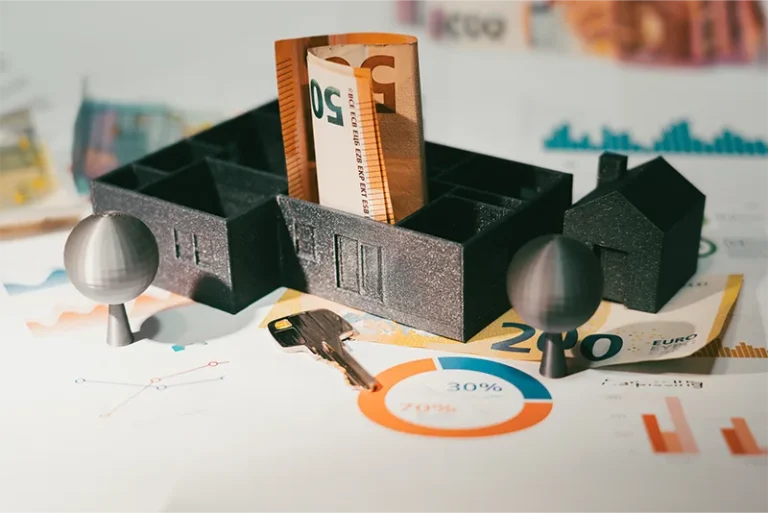
T7X Teax
6 December, 2024
Asset fractionalization is a transformative feature of real-world asset (RWA) tokenization that makes high-value assets more accessible and liquid for a broader range of investors. This process involves dividing ownership of a single asset into smaller, digital units, or tokens, which investors can purchase individually. By enabling fractional ownership, tokenization opens up new investment opportunities, allowing individuals to participate in asset classes that would otherwise be beyond their reach. Let's explore how asset fractionalization works within RWA tokenization, its benefits, and its implications for investors and asset owners.
How Asset Fractionalization Works in RWA Tokenization
The process of asset fractionalization in RWA tokenization involves several key steps:
- Tokenization: The first step is to tokenize the asset. This means converting the asset into a digital format that can be easily transferred and traded on a blockchain. The tokenization process can be done through various methods, such as creating a smart contract or using a tokenization platform.
- Dividing Ownership: Once the asset is tokenized, it is divided into smaller units, or tokens. Each token represents a fractional ownership of the asset. The number of tokens created depends on the asset's value and the desired level of fractionalization.
- Distribution: The tokens are distributed to investors who have purchased them. Investors can purchase tokens through a token sale, private placement, or secondary market trading. The distribution process is typically conducted through a smart contract on the blockchain.
- Trading: Once the tokens are distributed, they can be traded on a secondary market. Investors can buy and sell tokens just like stocks or cryptocurrencies. The trading process is conducted through a decentralized exchange or a peer-to-peer marketplace.
- Liquidity: The secondary market provides liquidity for the tokens, allowing investors to easily buy and sell them. This liquidity is essential for the success of RWA tokenization, as it allows investors to exit their investments if needed.
The benefits of asset fractionalization in RWA tokenization are numerous. First, it allows investors to participate in asset classes that would otherwise be beyond their reach. For example, an individual investor may not have the capital to invest in a high-value asset like a private jet, but they can purchase fractional ownership of the jet through a tokenized asset. Second, it provides investors with liquidity, allowing them to easily buy and sell their tokens on a secondary market. Third, it allows asset owners to raise capital more efficiently, as they can sell fractional ownership of their assets instead of selling the entire asset outright.
Asset fractionalization also has implications for asset owners. First, it allows them to diversify their investment portfolio, as they can now invest in a wider range of assets. Second, it allows them to raise capital more efficiently, as they can sell fractional ownership of their assets instead of selling the entire asset outright. Third, it allows them to create a secondary market for their assets, which can increase their liquidity and attract more investors.
Fractionalization turns a single asset into many opportunities. Web3 makes access programmable; rights and rails must make it responsible.
T7X Research
How fractionalization works in practice
Fractionalization divides a single high‑value asset into many digital units so investors can buy smaller positions. This broadens access, increases potential liquidity, and enables flexible portfolio sizing while preserving on‑chain, tamper‑evident ownership.


Key considerations include choosing supply size, mapping token rights to real‑world entitlements, and enforcing transfer rules that reflect regulatory constraints and investor eligibility.
- Define supply: choose number/size of tokens
- Link rights: payouts, governance, redemptions
- Issue on‑chain: mint to compliant, verified wallets
- Enable trading: secondary markets with transfer rules
- Provide reporting: on‑chain registries and statements
- Manage lifecycle: corporate actions and redemptions
- Safeguard security: audits, monitoring, key hygiene
Conclusions
Fractionalization turns exclusive assets into accessible, tradeable positions. When paired with clear legal rights, robust compliance, and transparent reporting, it delivers better access for investors and more efficient capital formation for issuers.
Search here
Related post
Category
Let's Build the Future Together.




